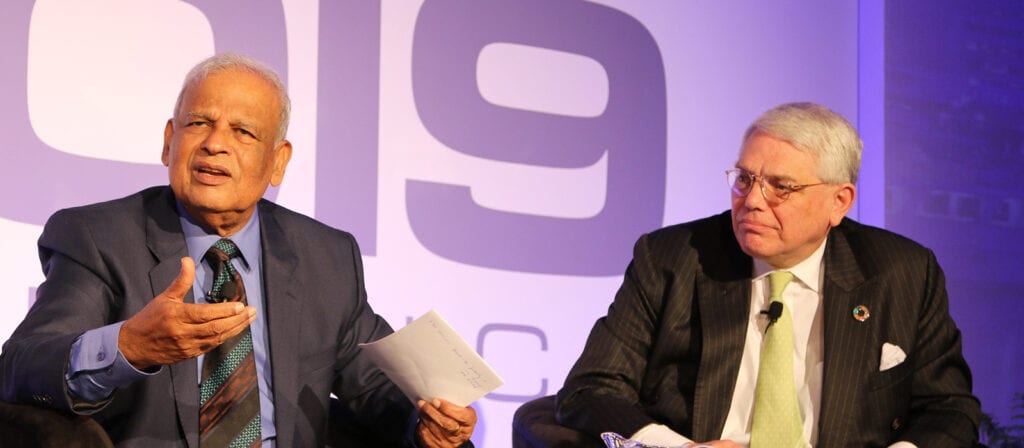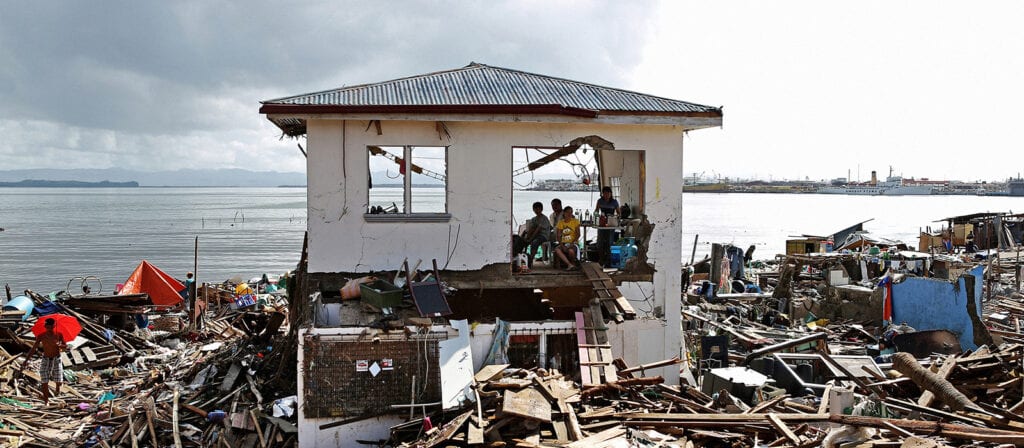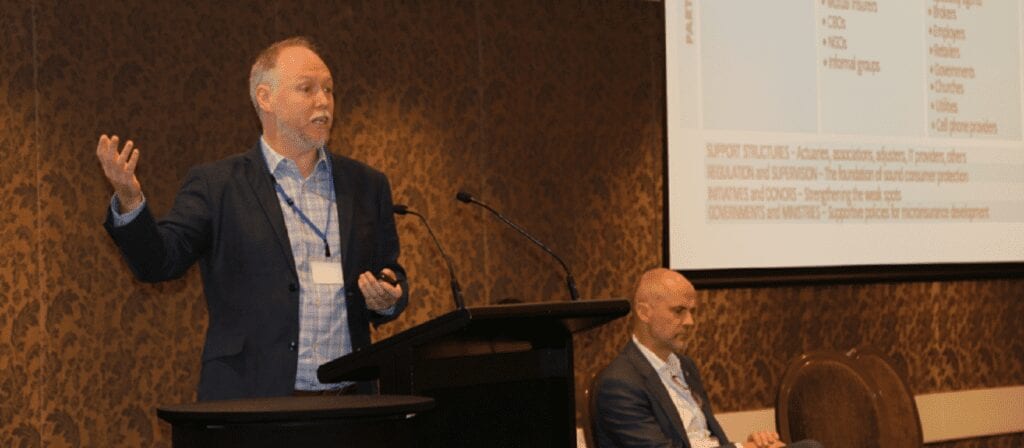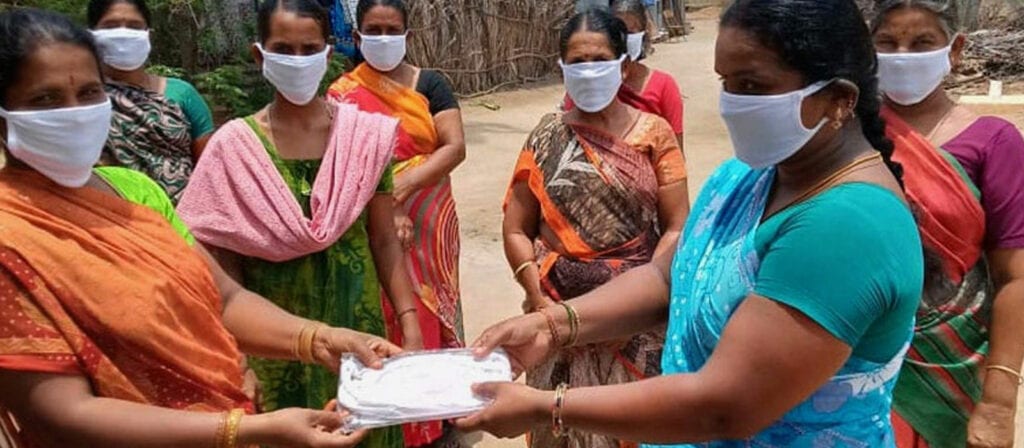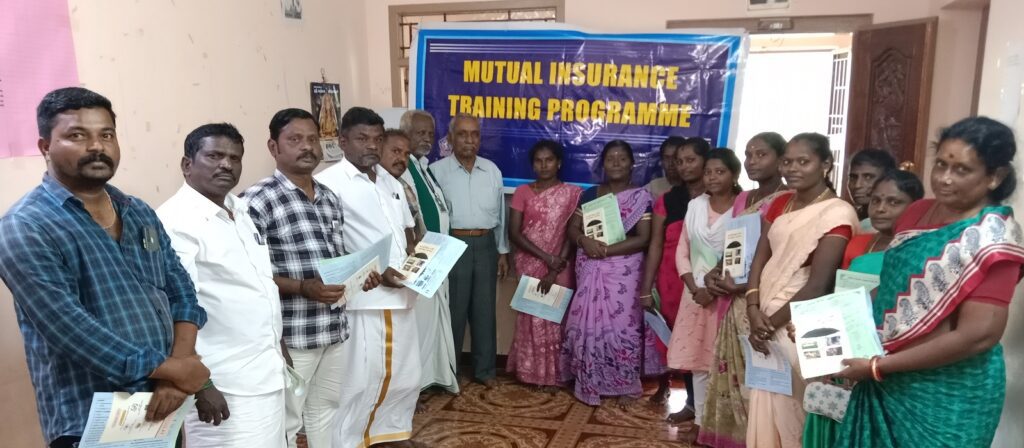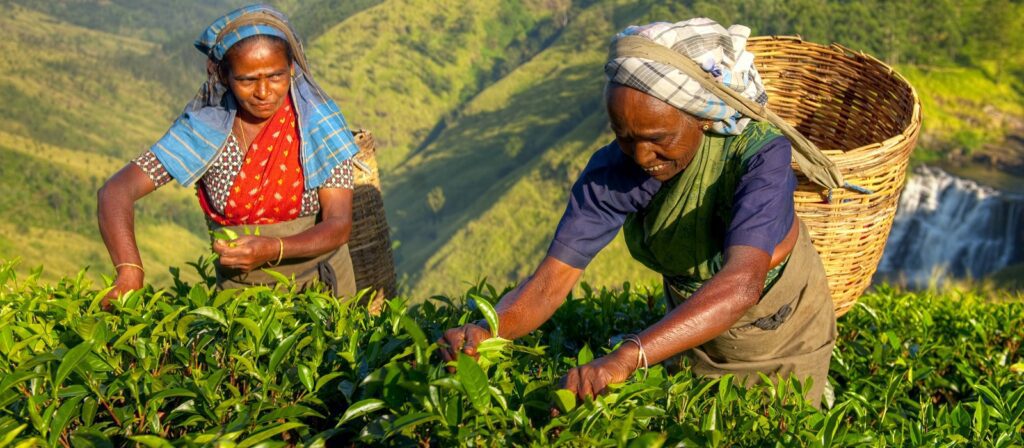AOA/ICMIF Microinsurance Seminar 2019 session
In January 2015, ICMIF launched the 5-5-5 Mutual Microinsurance Strategy to help mutual microinsurance reach its full potential scale in a number of emerging markets and thereby having a positive impact on the lives of millions of low-income households. This session provides an update of the 5-5-5 Strategy (with three country projects live), plus case study presentations of mutual microinsurance projects in India and Sri Lanka.
ICMIF’s 5-5-5 Mutual Microinsurance Strategy focuses on scaling up microinsurance programmes in five countries over five years reaching out to 5 million uninsured low-income households, which will equate to 25 million people in total. It is unique in that it builds resilience with an emphasis on empowering poor and vulnerable households, with the vision of sustainably building an insurable population in emerging nations. Supporters of the programme are like-minded organisations with shared values and it targets five of the UN Sustainable Development Goals (SDGs): no poverty; good health and wellbeing; gender equality; education; and climate action.
There are currently 1.7m people already insured as part of and three projects are currently live in India, Kenya and Philippines.
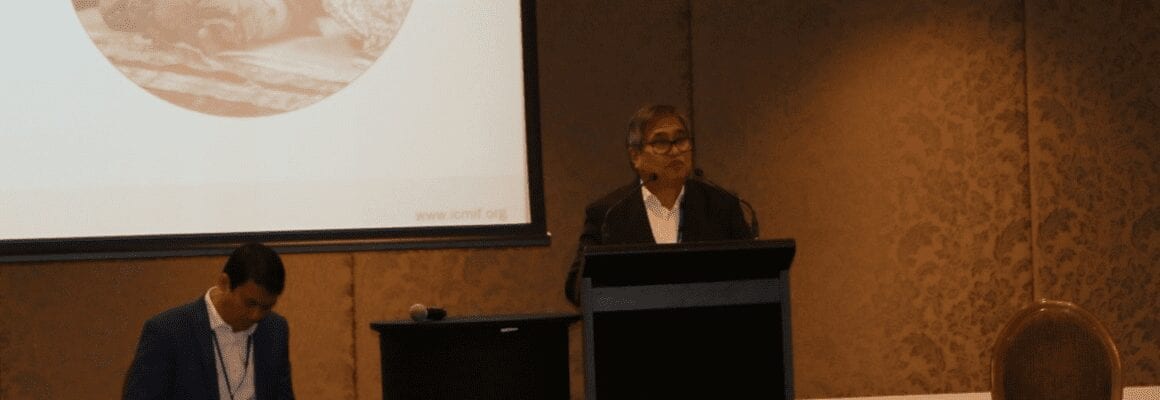
Presenter:
Dr Aris Alip, Chair, ICMIF Foundation and Founder and Chairman, CARD MRI (Philippines)
DHAN Foundation, India
ICMIF currently has one active country intervention programme in India and that is being managed through the DHAN Foundation, for which development in terms of microinsurance means empowering people to help themselves. DHAN’s mission is ‘Building people and sustainable institutions with values driven ethics and democratic processes to enable the poor in an inclusive and ecologically balanced way.’ Risk and vulnerability management is therefore integral part of their life and health insurance strategy.
Key Facts:
- Families Reached – 17,50,000
- Number of Primary groups – 66,000
- Number of Peoples @ Federations – 409
- Number of States – 14
- Number of Staff – 800
- Number of people declared to have moved out of poverty – 0.6m
Its approach to development has been successful due to many interconnected partnerships. The foundation organises people into community institutions, creates an enabling environment and then adapts technology to help deliver the customers’ needs.
The community institutions are owned and governed by the local communities with the principles of mutuality, self-help, and self-reliance. Technical support and human resource are provided by DHAN. Their functions are varied and include: providing platforms for savings and affordable credit; creating a safety net through insurance and pensions; livelihoods promotion through skill training and market linkages; health initiatives including preventive and curative health care; natural resource management through renovation and maintenance of water bodies/coastal resources; agriculture development; grassroots democracy; and risk management which is an integral component of all initiatives. As the institution grows, it creates specialised subsidiaries which are promoted for specific themes thus making the federation collective.
Risk management handled by DHAN focuses on: reducing either the frequency of loss or magnitude of loss or both; risk reduction; risk retention; and risk transfer mechanisms simultaneously to complement each other plus insurance for reducing the risk by way of compensating the loss arising due to an insured event.
A number of programmes are now being scaled up: Life Mutual Program for all, irrespective of upper age limit (ICMIF 5-5-5); Health Mutual Program for secondary health care (ICMIF 5-5-5); Livestock Mutual program for all cattle including indigenous/exotic breeds; and Crop Mutual risk sharing which is currently in its pilot phase.
There are numerous benefits from being a ‘people’s organisation’. It promotes participative and vibrant grass-root democracy and offers non-monetised mutuality practices such as participation in funeral function; early diagnosis of diseases through health camps; and visits to hospitals by mutual leaders. It enhances sustainability and effectiveness in poverty reduction through comprehensive risk management practices and promotes gender equity. The peoples’ organisation strengthens the demand system of the poor at the grass roots level and creates multi-faceted partnerships through nested structures. It strives to enable the poor to shape their own destinies; ensures co-learning amongst member organisations; and provides a scale advantage.
Looking ahead, DHAN plans to extend its service into underprivileged communities in order to increase access to social protection and mutual microinsurance. It will deliver a comprehensive and integrated approach for context-based risk management services and support awareness and capacity building programs for all stake holders and actors. This will include the development of more complex products, including disaster and climate risk reduction products, as well as gender-sensitive products and services and additionally, it will issue grant support for pilots and research projects.
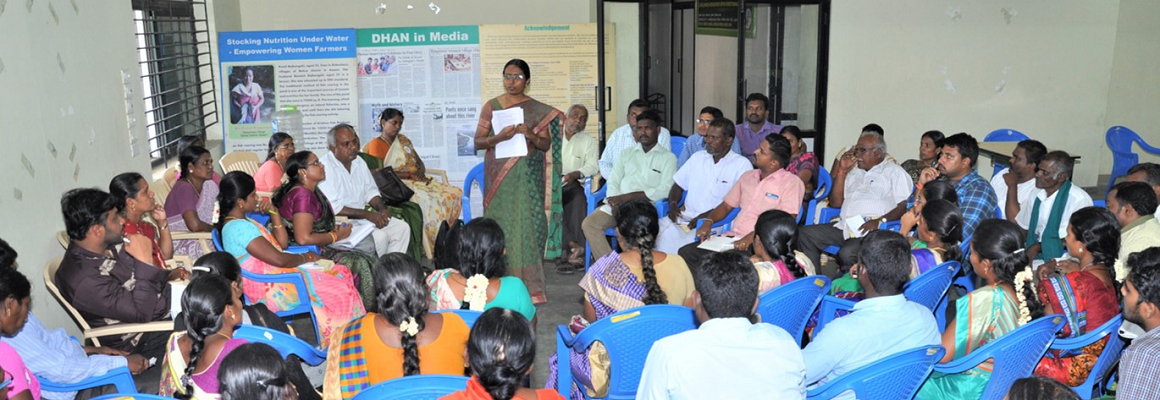
Presenter:
Ahila Devi, Chief Executive of the People Mutuals, DHAN Foundation (India)
Sanasa Insurance, Sri Lanka
ICMIF has partnered with local ICMIF members Amana Takaful Ltd, Co-operative Insurance Company Ltd (CICL), COOPLIFE Insurance and Sanasa Insurance Company Ltd (SICL) for the country diagnostic stage. The diagnostic study was conducted by the Institute of Policy Studies in Sri Lanka and published in 2018. This in-depth research aims to understand the current context of mutual and cooperative microinsurance providers in Sri Lanka.
“Sanasa” is the Sinhala acronym for the Thrift and Credit Cooperative societies in Sri Lanka. It is the only microfinance cooperative network in Sri Lanka covering all provinces with 8,424 primary societies. It was established in 1989 following a community development survey conducted by “Forum of Development” established by Dr. P.A. Kiriwandeniya. Last year, it separated its life and non-life offerings into two separate companies. Both organisations focus on meeting the insurance needs of low-income groups in Sri Lanka. Insurance penetration is extremely low in the rural areas, where exposure to climate change is high and financial education is practically nil.
The goal of their forthcoming 5-5-5 project is to increase resilience of the community in their day-to-day and livelihood activities. This will be achieved via a financial education programme; improved capacity for staff and agents; and improved management information systems. The expected outcome is that insurance penetration for insurance amongst SANASA members will increase.
A new product has also been created – life insurance linked with investment components. This product was introduced to the lower income business communities representing MSME (Micro, Small and Medium Enterprises). This is first time in Sri Lanka, that Sanasa Life Insurance Company has introduced an insurance product based on daily collection mode where the insured pays the premium daily in smaller amounts starting from LKR 160.00 (LKR 100.00 for life and LKR 60.00 for business).
Sanasa General Insurance Company continues its expansion of crop insurance in line with indemnity and index base solutions. Apart from that product, livestock insurance is also available at a very affordable rate for cattle and goat rearing farmers in rural areas throughout Sri Lanka. Indemnity crop insurance covers more than 35 crops cultivated in Sri Lankan farms all over the country, covering risk of drought; flood; pest and disease; animal attack; and other natural perils.
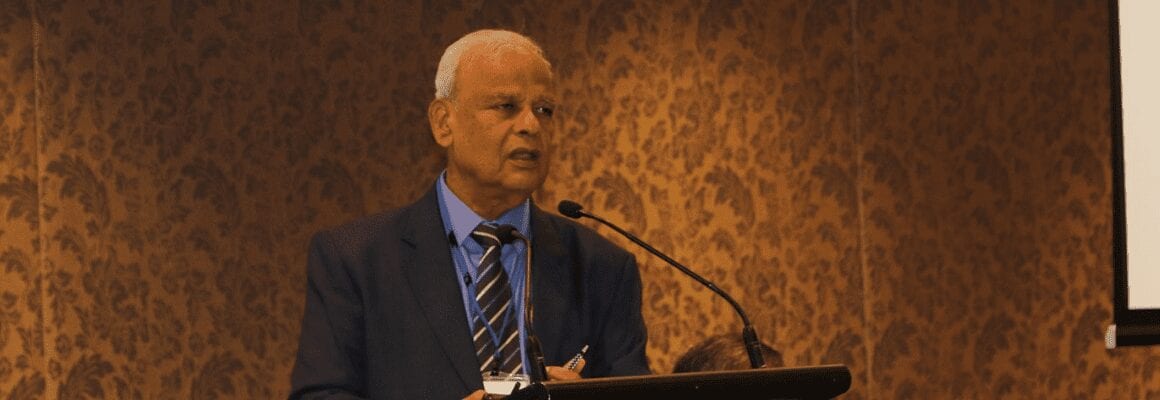
Presenter:
Dr P.A. Kiriwandeniya, Chairman, Sanasa Insurance Company Ltd (Sri Lanka)
More information
If you would like more information on the topic or case studies presented above, please contact us. We are here to make tailored introductions to your fellow ICMIF members and we can also share other member-only resources with you based on your specific challenges and interests.
